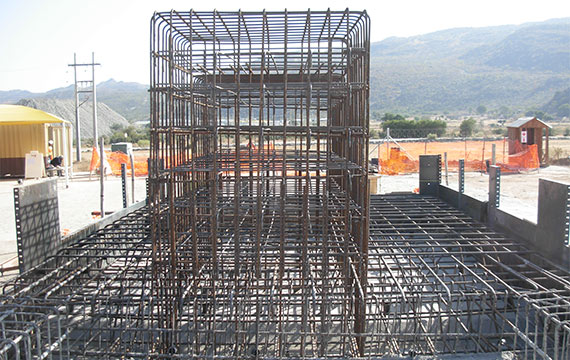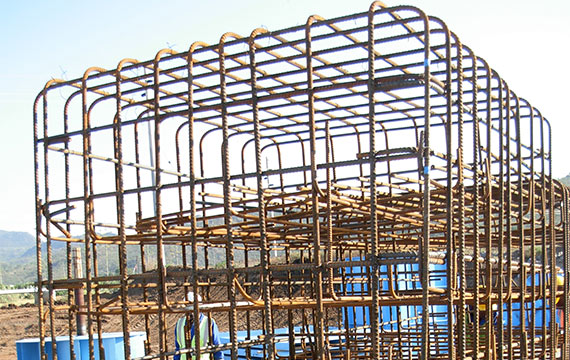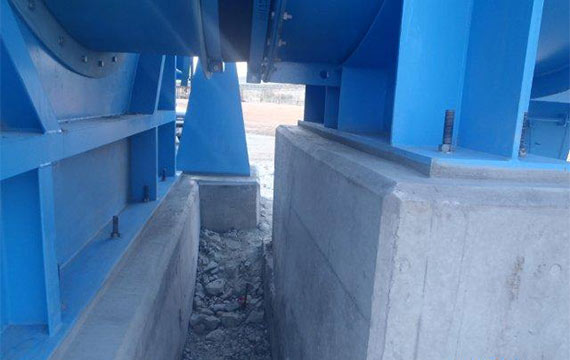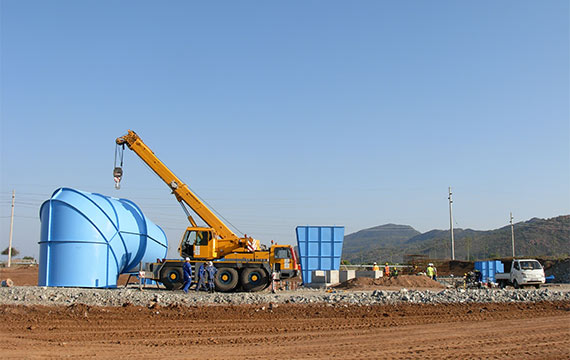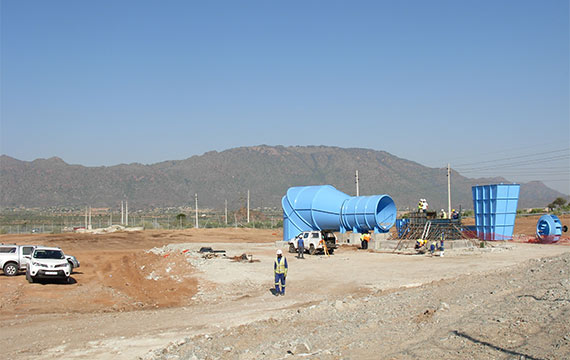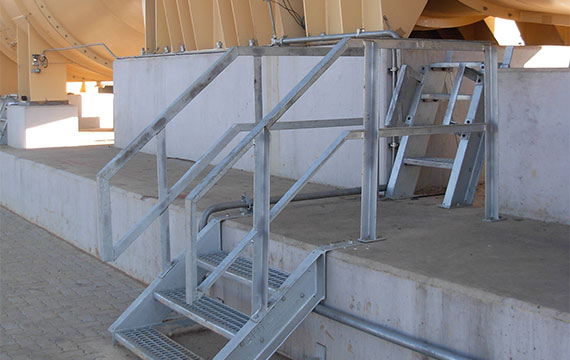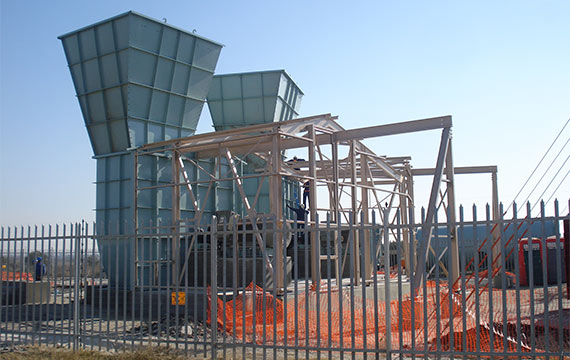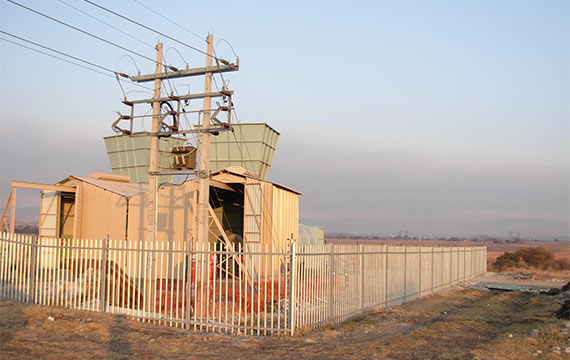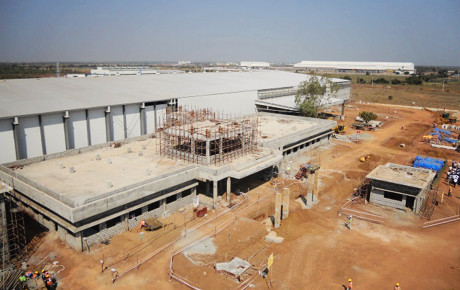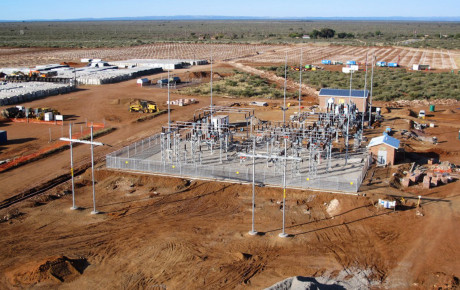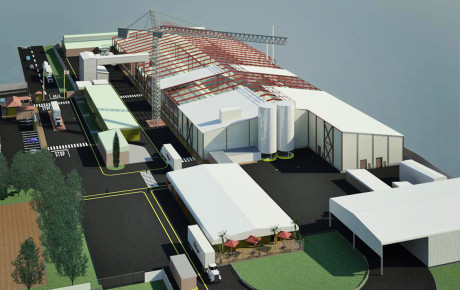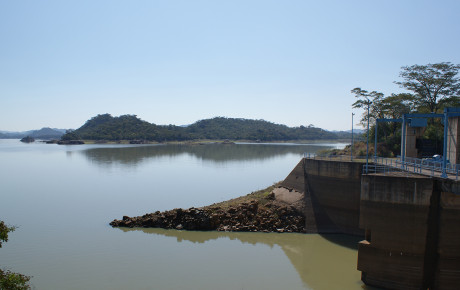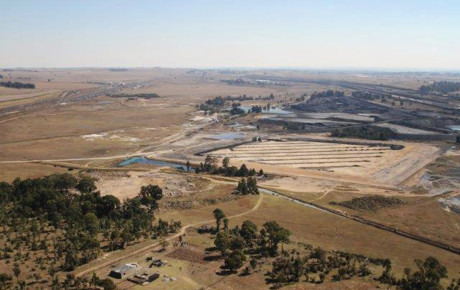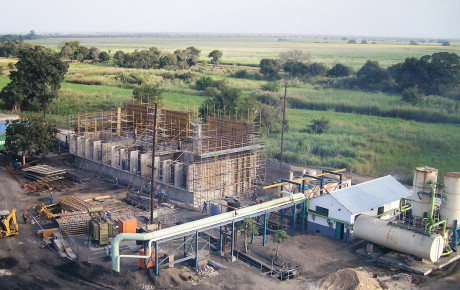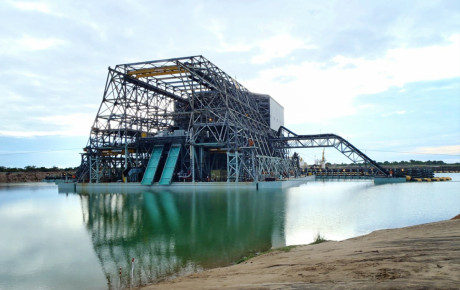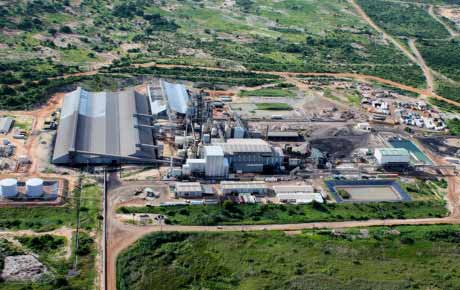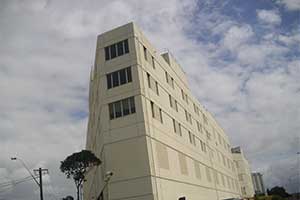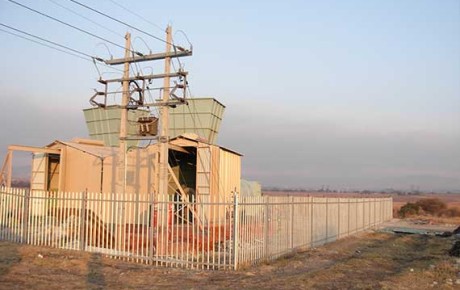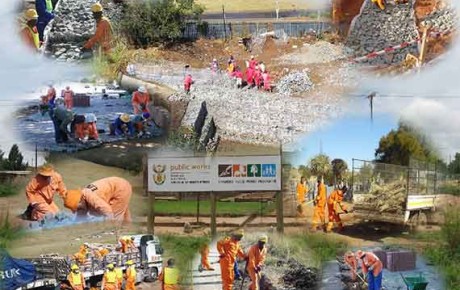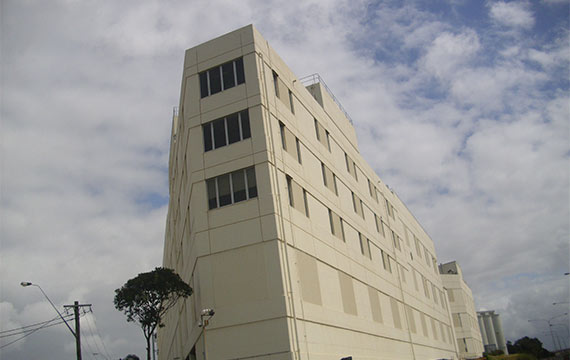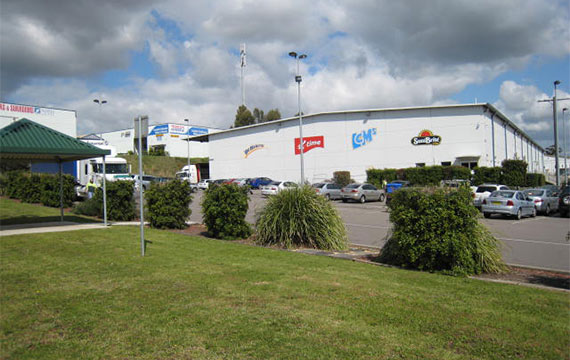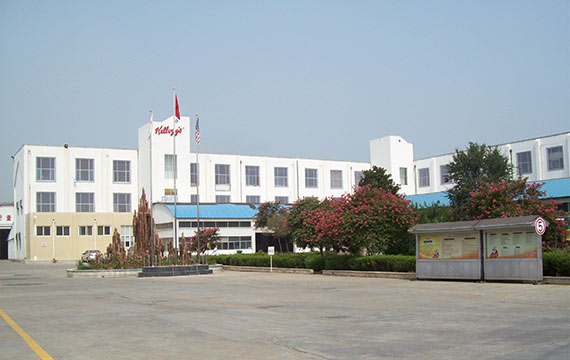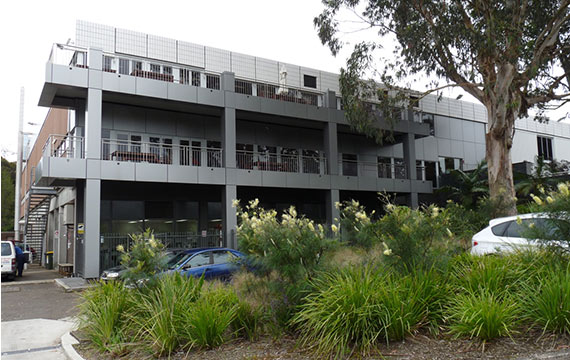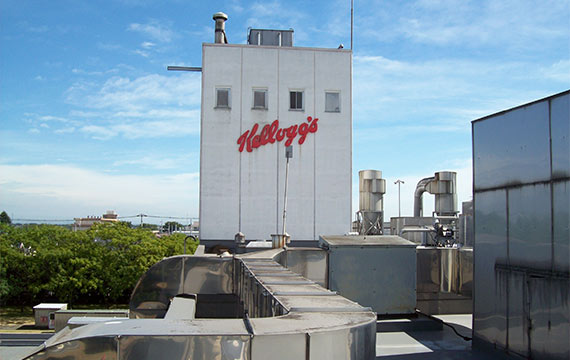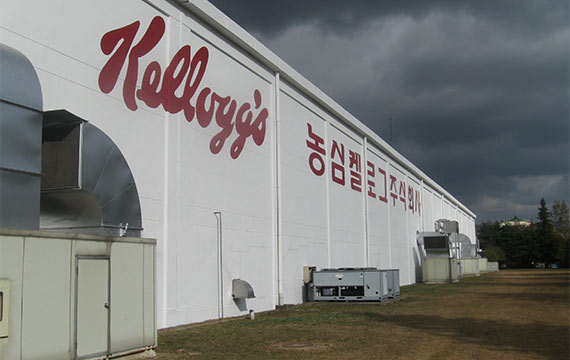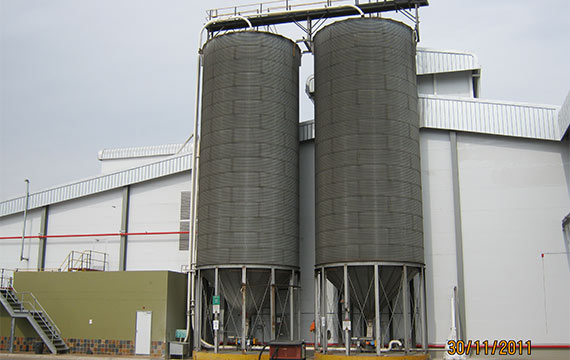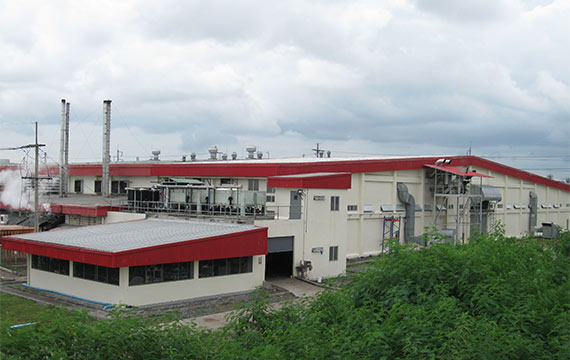Projects
Foundations for Surface Mine Ventilation Fans (South Africa)
FOUNDATIONS FOR SURFACE MINE VENTILATION FANS
Location: Hotazel, South-Africa | Client: Howden Africa
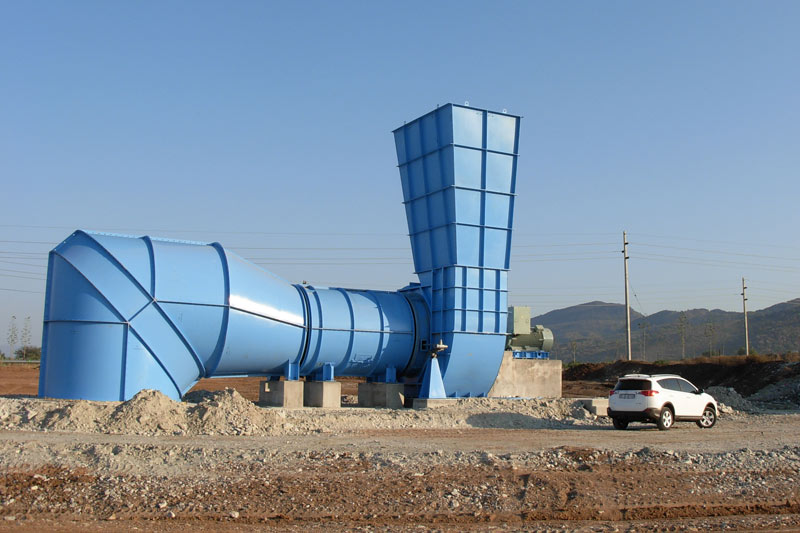
Project Description
Howden Africa engineer and construct, among others, systems for mine ventilation. Their product line includes some of the largest surface mine ventilation fans in operation, as well as smaller fans for auxiliary and booster applications.
Greene Consulting Engineers (Pty) Ltd was approached by Howden to design the foundations of the surface mine ventilation fans. This would allow them to offer a turnkey solution to their clients. The fact that Howden’s product offerings can be customised and are constructed in all types of difficult mining environments drives Greene to design creatively. Dynamic analysis of the foundation structures is of the utmost importance. The varying ground conditions and equipment operating frequencies influence the natural frequencies of the structures and, therefore, the variations in designs.
Project Scope
Greene was requested to design the foundations, motor houses and service platforms for surface mine ventilation fans installed at:
- Anglo Platinum Mine, Paardekraal Shafts, North West province, South Africa
- Bokoni Platinum Mines, Brakfontein Shafts, Limpopo, South Africa
- Bulyanhulu Gold Mine, Bubada, Shinyanga, Tanzania
- Hotazel Manganese Mines, Wessels Mine, Northern Cape, South Africa
- Khutala Colliery, Upcast Shaft 7, Mpumalanga, South Africa
- Sasol Coal Mines, Vlei Shaft, Mpumalanga, South Africa
- Sasol Coal Mines, Riversdale Shaft, Mpumalanga, South Africa
- Newmont Ghana Gold, Subika Mine, Asutifi, Brong Ahafo, Ghana
Related Projects
Maboneng Precinct
Valarchi – New Food Factory
New 75MW Solar Farm
Impilo Entsha
Canelands Trust
Delta Plant
Xinavane Sugar Mill
MOMA Titanium Minerals Mine (WCP)
Bokoni Platinum Mine
Isa Carstens Training Academy
MOMA Titanium Minerals Mine (MSP)
Factory Food Safety Assessments (Botany Bay, Australia)
Foundations for Surface Mine Ventilation Fans (Ghana)
Expanded Public Works Programme
Factory Food Safety Assessments (Thailand)
FACTORY FOOD SAFETY ASSESSMENTS
Location: Asia Pacific | Client: Kellogg Company
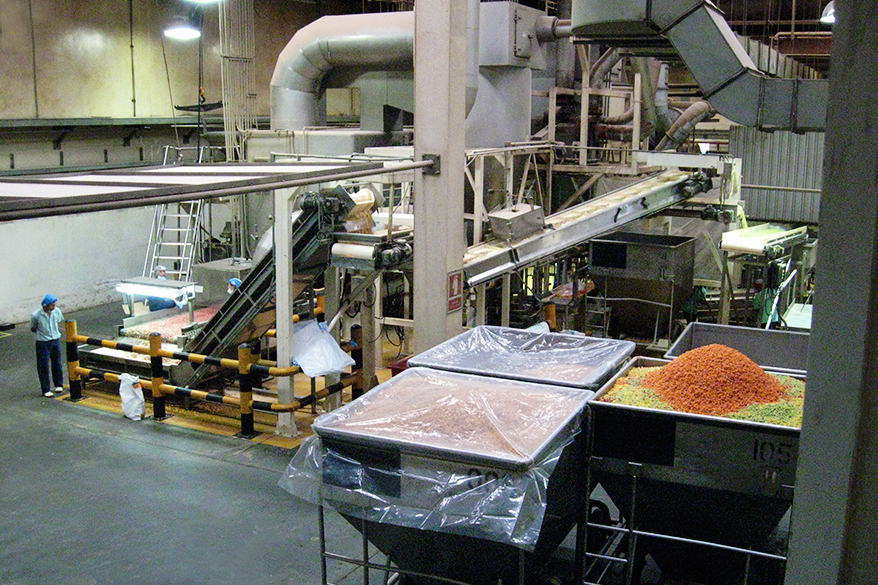
Project Description
Kellogg Company had nine production facilities in their Asia Pacific region in 2010. At that stage, the newly appointed Director of Engineering for the region required a comprehensive assessment to be conducted at each facility in order to establish the condition of the infrastructure and how it impacted their food safety in the long- and short term. The information collected was classed into four main categories: emergency repairs; repairs; preventative maintenance; and upgrades.
Based on the assessment reports, informed decisions could be made regarding budget allocations, future projects, expansion requirements and emergency work, to ensure the infrastructure remains fit for purpose for the foreseeable future.
Project Scope
Kellogg’s appointed Greene Consulting Engineers (Pty) Ltd to visit each factory and asses the infrastructure, its condition and the impact its condition has on the functionality of the facility. A comprehensive report was to be compiled, describing each area of the infrastructure, its status and required improvements. The proposed alterations to the facility were also discussed in the report. Costing for the proposed repairs, upgrades and expansions was an important deliverable of the project.
The following Asia Pacific Kellogg Company factories were assessed:
Total project value: US $ 34 MILLION
Related Projects
Maboneng Precinct
Valarchi – New Food Factory
New 75MW Solar Farm
Impilo Entsha
Canelands Trust
Delta Plant
Xinavane Sugar Mill
MOMA Titanium Minerals Mine (WCP)
Bokoni Platinum Mine
Isa Carstens Training Academy
MOMA Titanium Minerals Mine (MSP)
Factory Food Safety Assessments (Botany Bay, Australia)
Foundations for Surface Mine Ventilation Fans (Ghana)
Expanded Public Works Programme
Expanded Public Works Programme
EXPANDED PUBLIC WORKS PROGRAMME
Location: South AfricaClient: PUBLIC WORKS DEPARTMENT OF THE GOVERNMENT OF SOUTH AFRICA
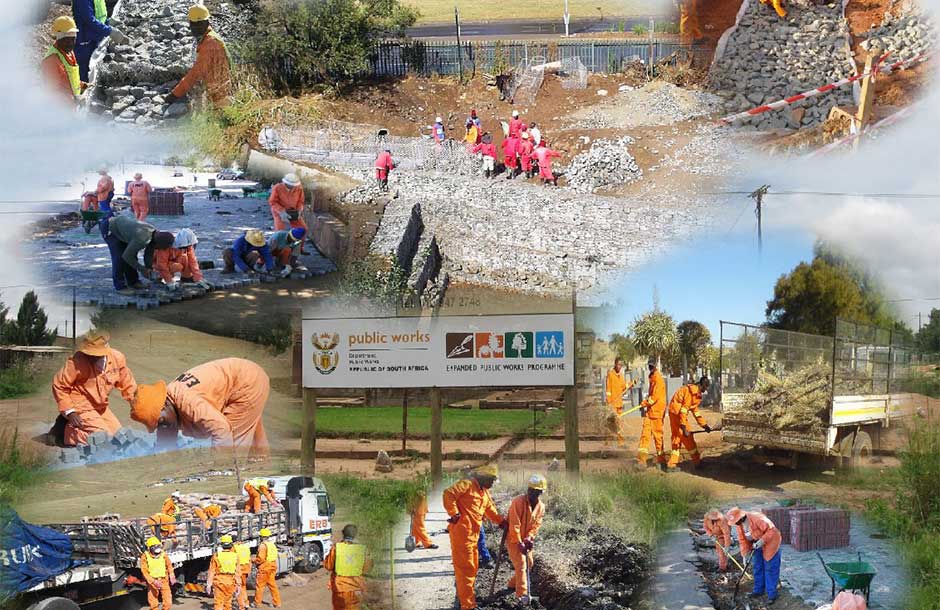
Project Description
The Expanded Public Works Programme (EPWP), launched in 2004, is one of the South African government’s short-to-medium term programmes aimed at reducing unemployment. The EPWP has achieved this aim through the provision of work opportunities, coupled with training.
The EPWP is divided into four sectors, creating work opportunities in each sector:
- Through increasing the labour intensity of government-funded infrastructure projects in the Infrastructure Sector.
- By creating work opportunities through the Non-Profit Organization Programme (NPO) and Community Work Programme (CWP) in the Non-state Sector.
- By creating work opportunities through public environment and culture programmes in the Environment and Culture Sector.
- Creating work opportunities through public social programmes in the Social Sector.
The EPWP also provides training-and-enterprise development support at a sub-programme level.
Project Scope
The project scope of services consists of the following:
- Technical support services to provincial departments and municipalities implementing projects in the Infrastructure Sector of the EPWP for a period of 36 months.
- Training-facilitation support services to ensure training of beneficiaries on EPWP projects.
- Task Team Member for Training Provider Capacity Building on behalf of the Department of Public Works.
ACHIEVEMENT – MEDIA STATEMENT ISSUED 24 JUNE 2014
by the Department of Public Works
Issued by: Directorate: Marketing/Communications
“In the first Phase (2004/05 to 2008/09) the Programme created 1.6 million work opportunities, surpassing the 1 million Cabinet-mandated target a year ahead of schedule. During the implementation of the EPWP Phase 2, (2009/10 to 2013/14) the EPWP created 4 069 640 work opportunities.”
Related Projects
Maboneng Precinct
Valarchi – New Food Factory
New 75MW Solar Farm
Impilo Entsha
Canelands Trust
Delta Plant
Xinavane Sugar Mill
MOMA Titanium Minerals Mine (WCP)
Bokoni Platinum Mine
Isa Carstens Training Academy
MOMA Titanium Minerals Mine (MSP)
Factory Food Safety Assessments (Botany Bay, Australia)
Foundations for Surface Mine Ventilation Fans (Ghana)
